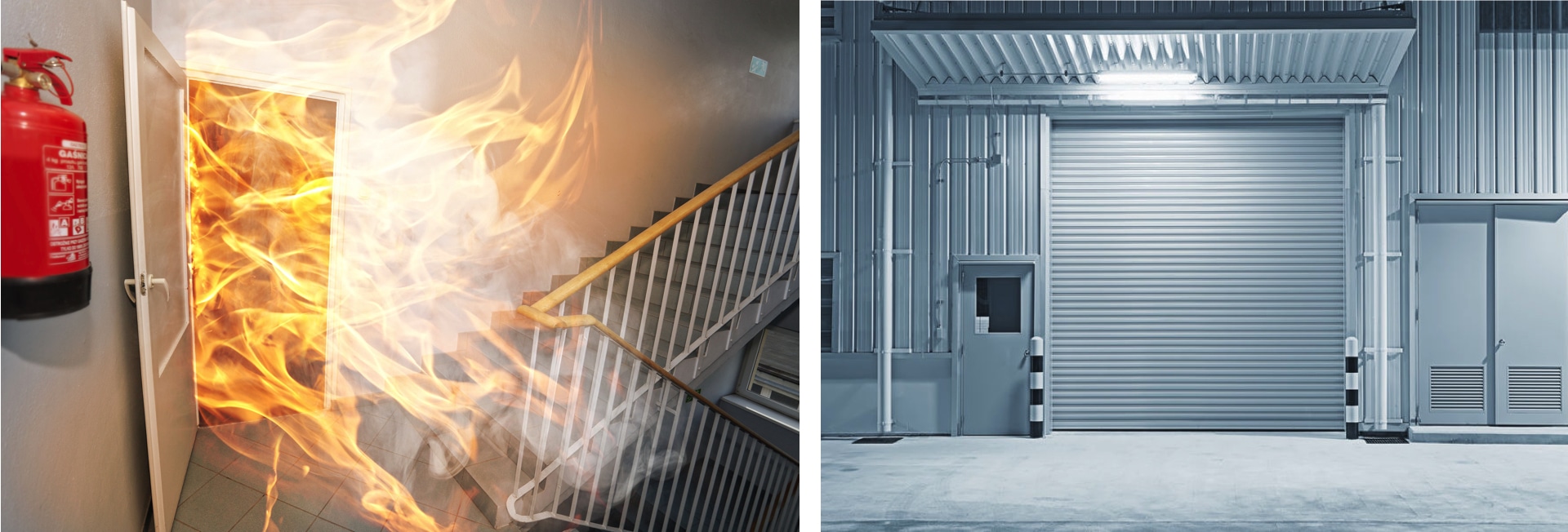Commercial and Industrial roller doors
We have created a guide to assist in the understanding of the NZ Building Code regulations as they apply to Commercial and industrial roller doors in NZ. This bulletin specifically applies to structure (B1) and durability (B2). Download the pdf here
Fire doors
NZS 4520: Fire Resistant Doorsets (and previous fire door Standards), provides that the attachment of labels to the doorset shall be evidence of compliance with NZS 4520 (refer clause 6.4.1). These labels should be present on the hinge edge of the door leaf and on the frame.
As manufacturers do not usually prepare the specification for the doors they supply, they cannot claim compliance with the NZ Building Code. For example, if a specification calls for a left hand hung, FRR -/30/-, 1980 x 810 fire doorset, the manufacturer will not know if the NZBC actually requires a right hand, FRR -/30/30, 860mm wide door. The manufacturer can only state compliance with the Fire Door Standard, on the label.
Fire Door Producer Statements
Most fire doors are provided as ‘supply only’ products, therefore the manufacturer is unable to supply a PS3 for installation. PS3’s should be requested from the installer of the fire door. Manufacturers may agree to provide a technical compliance statement, or written confirmation as detailed in NZS4520:2010 Fire Resistant Doorsets. Clause 6.4.2, though they will likely not state compliance with the NZ Building Code, or the consent, which they will not have seen.
Certification for a fire door
Fire door ‘Certificates’ and fire test reports are sometimes requested from Fire Door manufacturers as evidence of compliance. Certificates, as such, do not exist, other than as a brief summary of a fire test from some testing laboratories. These provide very little evidence as to the compliance of a particular door.
Any given fire door will have features tested in a number of fire tests, e.g. frame profiles, timber species, vision panels of various sizes, configurations and glass types, differing wall types and ratings, a multitude of hardware types and functions, leaf cladding options etc.
To provide proof of these various features having been fire tested using a ‘certificate’ or by providing test reports is therefore not practical. Testing laboratories might not consent to manufacturers providing copies of their test reports to unknown recipients, as this may constitute ‘implied endorsement’. Manufacturers may be contractually bound by these conditions.
Test reports will also contain manufacturer’s IP which, being commercially sensitive, cannot be released to the public domain.
Old fire door/smoke control door with no labels
Pre 1988 fire doors: Prior to the introduction of NZS 4232 in 1988, fire doors were manufactured to a prescribed design (Refer NZSS 1188) that was subsequently determined by fire testing, to achieve substandard results. Doors to this design were not required to be tagged. Commonly they are identified by the size of the frame stop, which is larger than on tested designs, signage, the leaf thickness, or by their location within the building. Some higher rated doors may contain asbestos. There is no way to determine the likely performance of such doors, and whilst there is no legal requirement for them to be upgraded, unless a new consent is required for other works, replacement with doorsets to the latest standard may be the best option.
There may be a number of reasons why a fire door may not have labels:
-Manufactured prior to 1988.
-Labels have been removed for maintenance or repair, and not reinstated.
-Change of use of the door.
-If the original installation did not comply with the manufacturer’s installation instructions and the Installer’s Declaration was not returned to the manufacturer.
-Labels may have been supplied by the manufacturer after installation, but not fitted by the installer.
If the identity of the manufacturer cannot be confirmed, there is no way to determine if the door is compliant with the Fire Door Standard. Contact the Council, or engage a Fire Engineer, to assist in identifying what rating is required (if any) and if they will accept the door as it is, or recommend that the door be replaced.
Retro-fitting of smoke seals.
Not all fire doors require smoke seals and not all smoke control doors have seals. This may depend on the age of the door and its location and function. Doors made prior to 1988 were designed to reduce, rather than preclude the passage of smoke (air).
Not all seals are safe to fit to fire doors. Some might even be flammable. Check with the door manufacturer (if known) and/or identify if the seal proposed is known to have been tested on fire doors.
Doors provided with smoke seals after 1988 were deemed to effectively prevent the passage of (cold) smoke due to their close-fitting nature and minimal interruptions around hardware items.
Sealing at the sill is not necessarily required. Check with a Fire Engineer to determine if this is necessary.
Fire door hardware: Generic fire ratings
In some overseas jurisdictions, generic ratings are applied to individual hardware items i.e. the hardware has been fire tested on a common ‘type’ of fire door (say non-combustible core, or solid timber type) and is therefore approved for this type of door, irrespective of who the manufacturer is. This is not the case in New Zealand.
Some hardware suppliers may claim wholesale approval where they are confident that their hardware has been tested on every door manufacturer’s product, but the Window & Glass Association does not endorse this approach.





